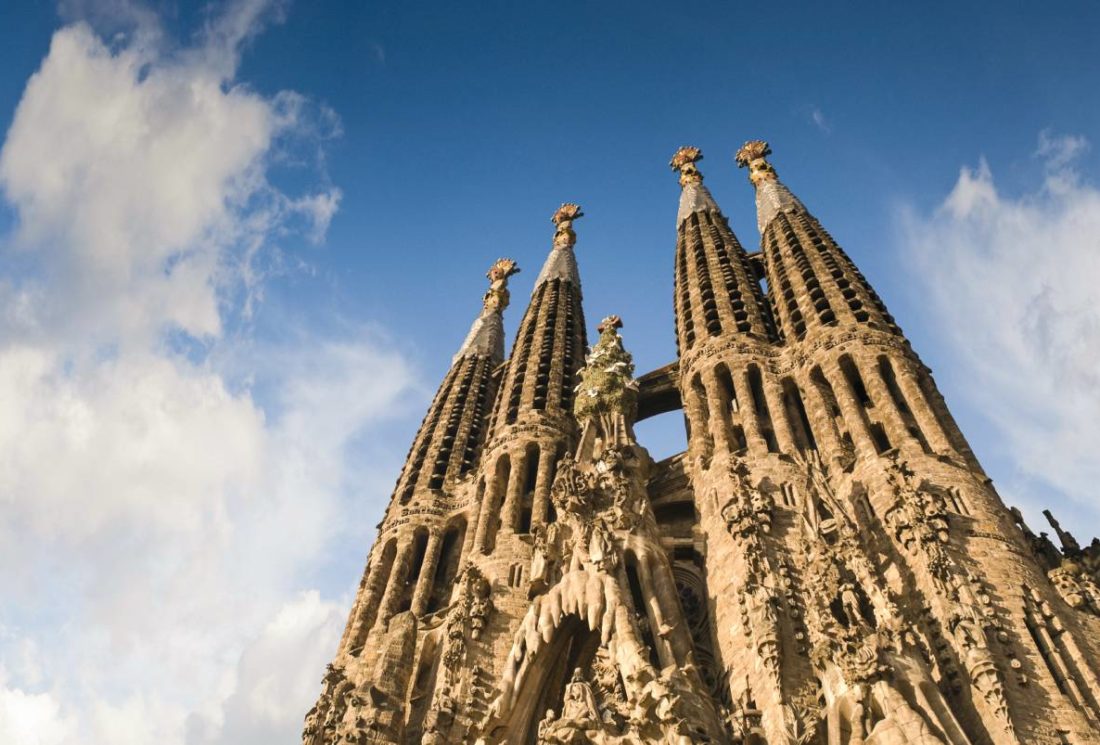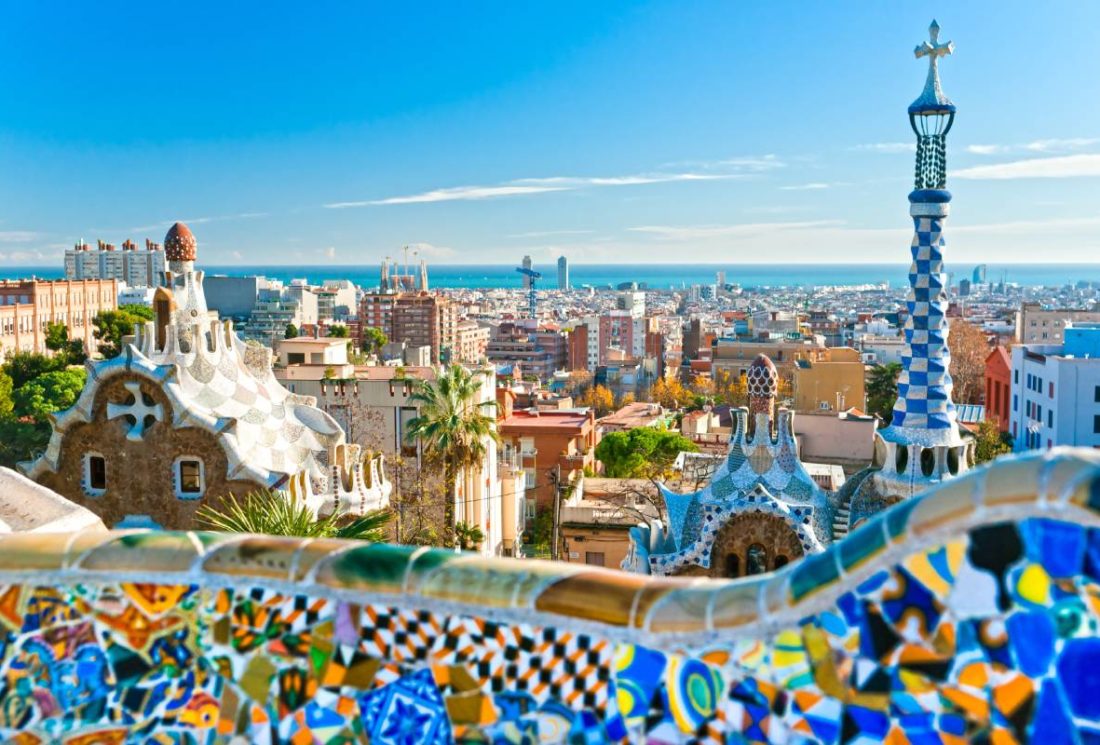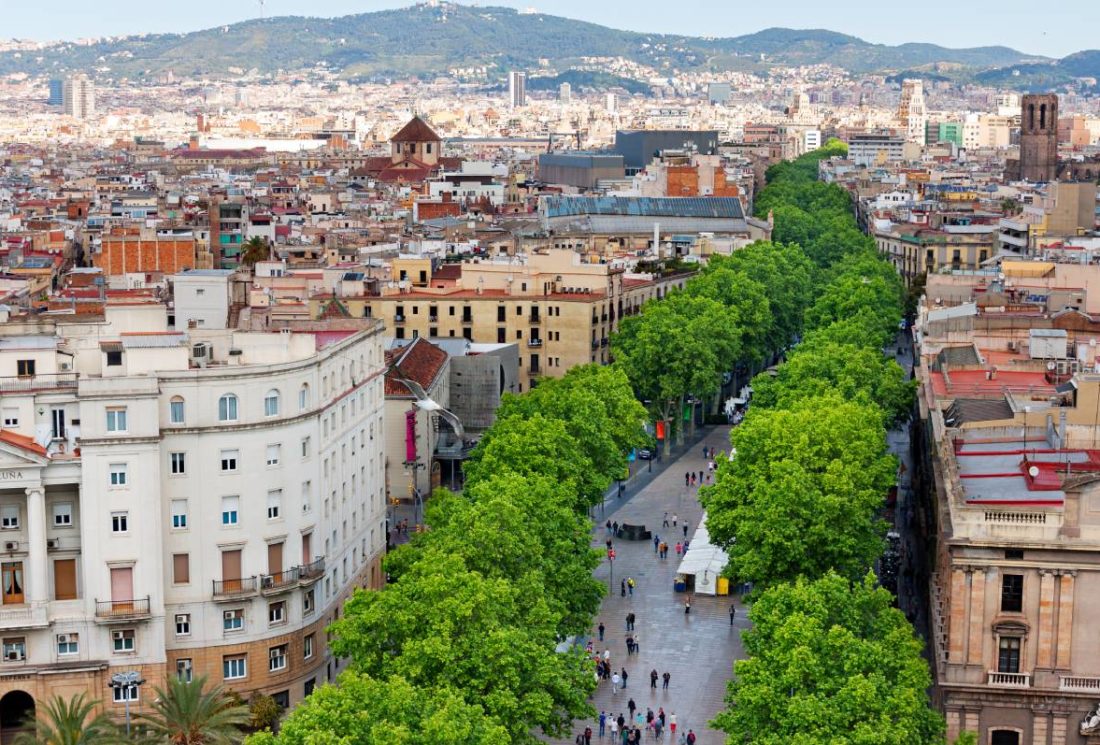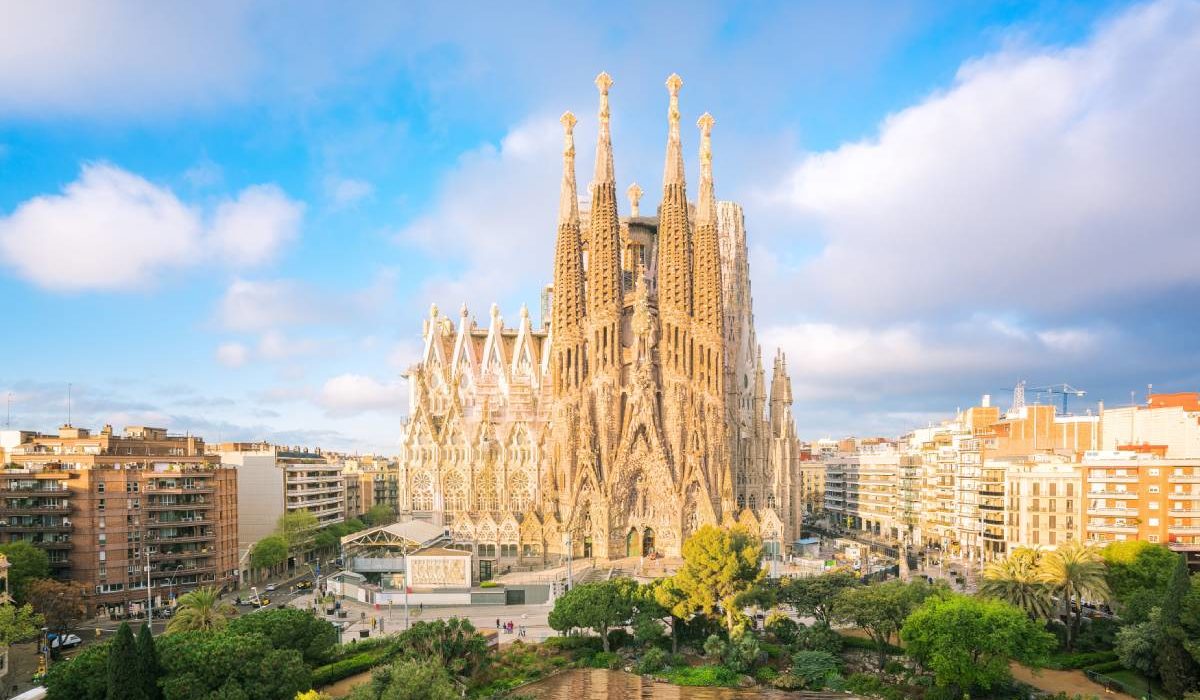
Barcelona Travel Guide: Discover this Coastal City
A lively city alongside a beautiful beach
This cosmopolitan destination is the perfect blend of lively city life and golden sandy beaches.
The capital of Catalonia is Spain’s second largest city after Madrid and boasts some of the country’s most famous attractions. It is perhaps best known for Gaudi’s architecture that can be found around every corner, from La Pedrera to Casa Batlló.
Whether you are travelling with friends or family, you’ll find something for everyone in Barcelona.
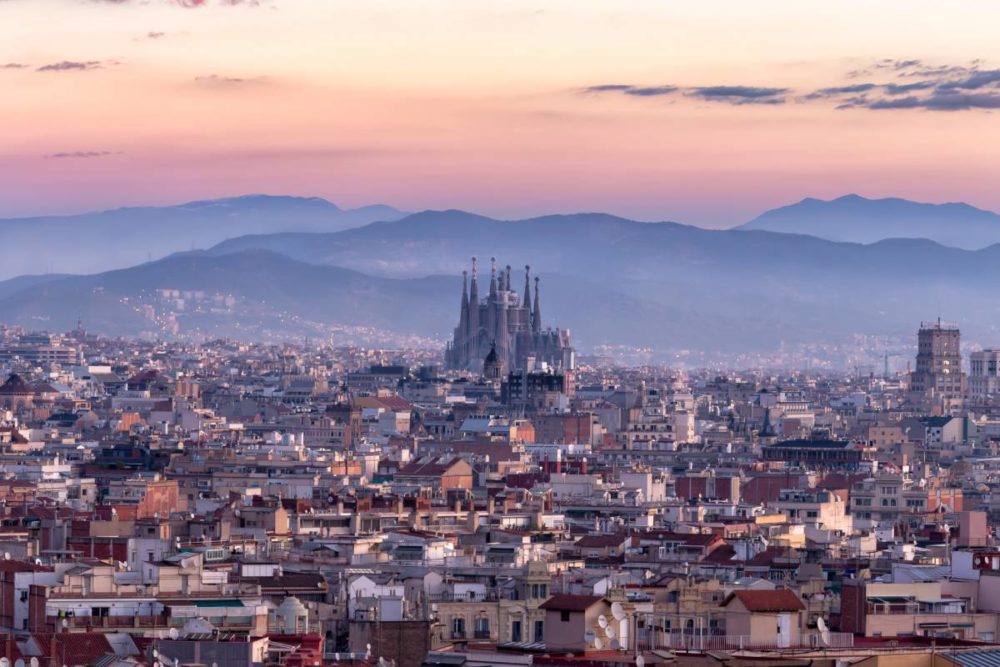
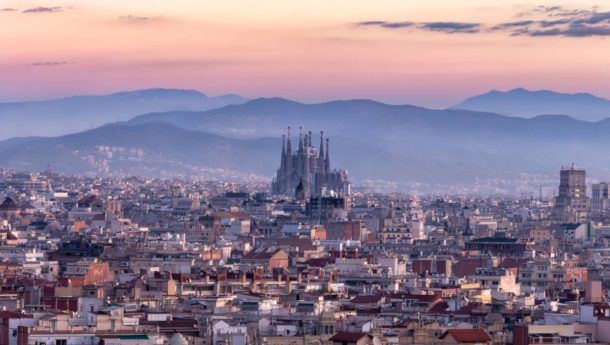
Barcelona at a glance
Barcelona offers the best of both worlds. The city’s coastal location means that one minute you can be among the hustle and bustle taking in the sights and the next you’ll be relaxing on the soft sand and swimming in the Mediterranean.
It’s no wonder this is one of the most visited cities, not just in Spain, but in the world. If you are planning to join its 32 million visitors, then read on to make sure you know what to expect and don’t miss anything.
Travel advice when visiting Barcelona
Spain is believed to be one of the safest countries to go to with the majority of tourists visiting without incident. However, you do need to take out travel insurance to be on the safe side and should be aware of your surroundings, especially in the busier parts of the city.
Safety tips
Pickpocketing and bag snatching can be a problem in Barcelona, as any city of this size. So, leave any valuables you don’t need in your hotel room safe and ensure anything you do have on you isn’t on show. The city has seen some political demonstrations recently and, while these do tend to be peaceful, they can turn violent. This isn’t a regular occurrence but it’s best to avoid them if you can. It can also get very hot in this city so, whether you are on the beach or sightseeing, make sure you put on sun cream and reapply, especially if you are in and out of the sea.
Transport
You have plenty of options when it comes to travelling in and around the city. Firstly, public transport includes the metro and FGC – which is the urban and metropolitan rail network as well as trams and buses. Purchase a travel card and you’ll be able to use it on all modes of transport.
Alternatively, you can take a taxi – these are yellow and black with a green light. If you fancy seeing the city by bike, there are plenty of places to hire one from and you’ll find cycle lanes across Barcelona.
Average accommodation costs
Accommodation for one person in Barcelona is €73 a night on average and for two people it is €147.
The best beaches in Barcelona
The benefit of this city is that you can escape the hustle and bustle and relax on Barcelona’s beautiful coastline. The city boasts more than four and a half miles of sandy beaches, primarily in Barceloneta.
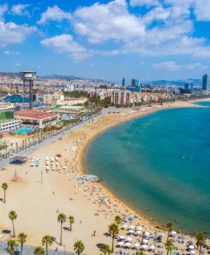
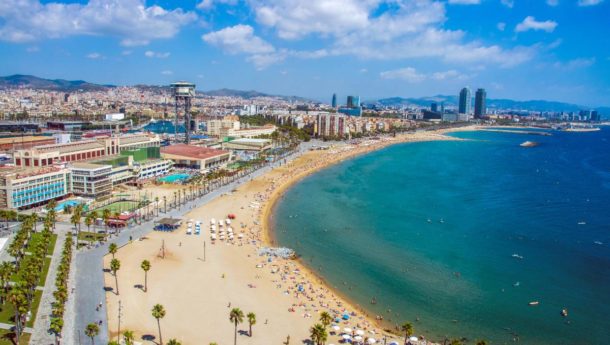
Barceloneta Beach
This beach, which shares its name with the neighbourhood it is in, is the most popular and touristy of Barcelona’s beaches. It is lined with seafood restaurants which is ideal for those that love fresh fish and perfect for a spot of lunch against the backdrop of the ocean. Between sunbathing on the golden sand and swimming in the turquoise water, you can experience the thrill of various water sports including windsurfing. While Barceloneta is the liveliest beach and close to the top attractions it does tend to be busier than the others.
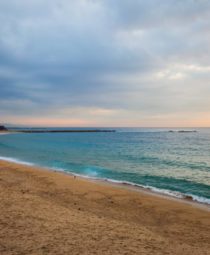
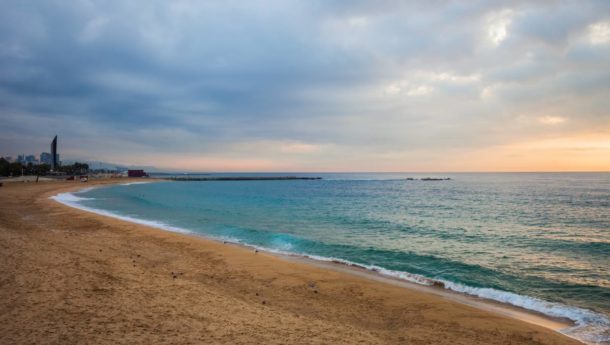
Nova Icaria Beach
In comparison to the hustle and bustle at Barceloneta, Nova Icaria is incredibly calm and peaceful. You’ll find the 400 metres of soft golden sand just a short distance from Port Olímpic. There are plenty of restaurants and bars if you are feeling peckish or thirsty. Plus, there are volleyball courts and ping pong tables if you want a break from the sun bathing. You’ll also find a playground, which makes it an ideal spot for families, especially those with younger children.
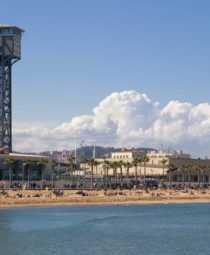
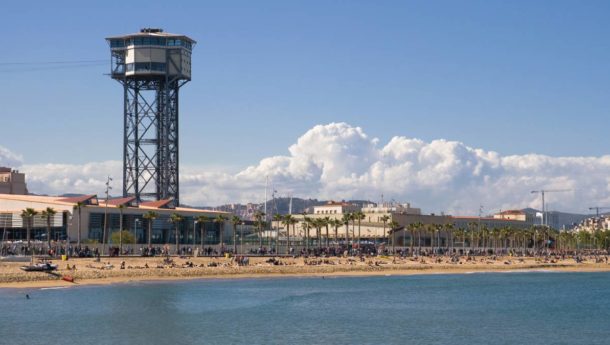
Sant Sebastia
Stretching for just over half a mile, Sant Sebastia is one of the longest beaches in the city. Like Barceloneta, it is one of the city’s livelier beaches as well as being among the oldest and most traditional. This beach is home to many of Barcelona’s sport clubs and there are a number of activities you can take part in both on the sand and in the water. After a day on the beach, there are plenty of restaurants to choose from. The tower that sits behind the beach is called Torre Sant Sebastià and there is a cable car spot that connects to Mount Monjuïc.
Excursions from Barcelona
While there is more than enough to fill your time in Barcelona itself, it is also the perfect base to head out and explore more of Catalonia and its beautiful coastline.
It is an hour and 20 minutes from the capital of the region to Girona. Don’t miss the Jewish Quarter while you are there, it is one of the best preserved in the world. Wander the cobbled streets before visiting the museum to discover more about its past. You may also like to walk on the medieval walls, which boasts breathtaking views across the city. Before you leave, make sure you climb the stairs up to the Cathedral. You can see it from across the city but you’ll want to admire it close up too. You might recognise it if you watch Game of Thrones as it was used for filming during Season 6.
An hour and 40 minutes from Barcelona, or 40 minutes north of Girona, you’ll find Figueres. Here you can visit the Dali Museum to learn more about the surrealist artist and see his final resting place. The museum, which is described as the ‘largest surrealistic object in the world,’ is the most popular in the country.
In the opposite direction, it is 45 minutes from Barcelona to the seaside town of Stiges. Alternatively, head inland and it’s an hour to Montserrat where you can head up the mountains to the Montserrat Monastery and enjoy the stunning views. There are several hiking trails and funicular to take you to the summit.
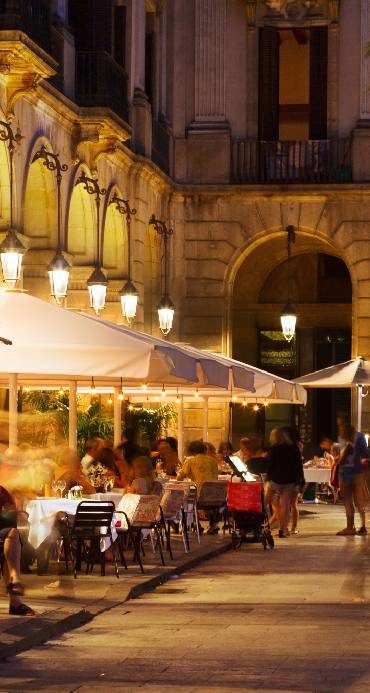
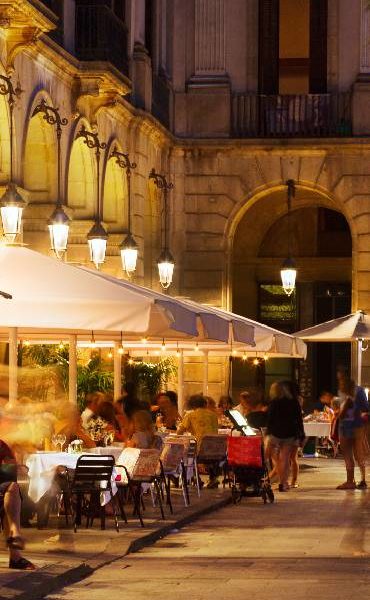
Food and drink in Barcelona
You can’t visit Spain without tasting the paella. It may have originated in Valencia but it is incredibly popular in this city. This rice dish is served with chicken, vegetables or seafood. However, the latter is particularly popular in Barcelona due to the coastal location.
Likewise, you’ll no doubt be keen to try the local tapas. If your favourite miniature dish is patatas bravas then you are in for a treat, it is one of the most popular here and tends to be served with aioli as well as the traditional spicy tomato sauce. If you only try them in one place, make it Bar Tomás.
La Bomba is another popular tapas dish in Barcelona. This deep fried ball is formed of meat and mashed potato and served with a sauce for dipping. It originated in Barceloneta and can be enjoyed in bodegas across the city.
You may see spring onions being cooked on the BBQ. These are known as calçots and are popular from December to April when they are in season. These are often eaten alongside romesco, which is a red pepper dip.
If you are a foodie, visit the Boqueria market to sample the fresh food. You can browse the stalls at your own pace or take a guided tour with a chef followed by a Spanish cookery class.
Vermouth is a popular drink in Catalan, particularly in the capital. This tends to be enjoyed in the afternoon alongside a selection of side dishes. The fortified wine is served with ice and a slice of orange and sometimes topped up with carbonated water.
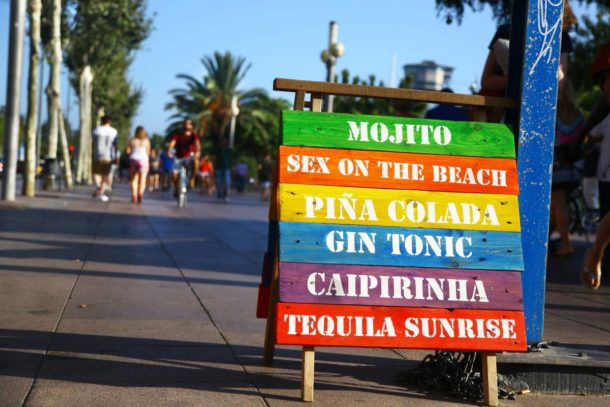
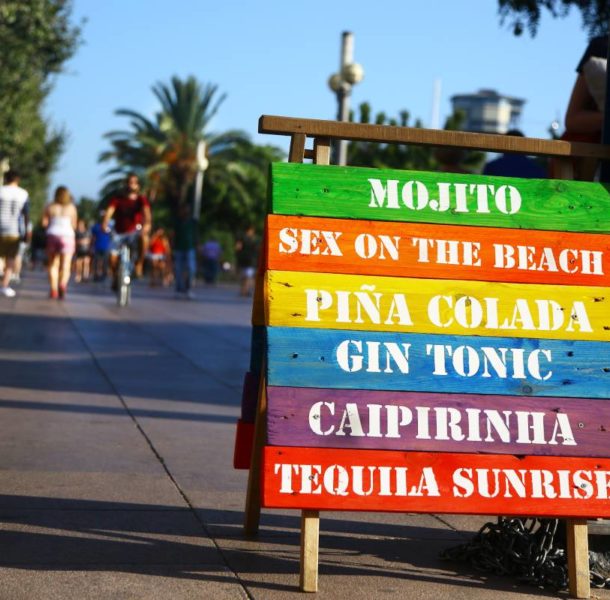
Barcelona nightlife
Barcelona is Spain’s second largest city after the capital Madrid and has nightlife to match.
Las Ramblas is a good place to start as there are a number of bars here alongside restaurants, perfect for a drink after dinner.
Then head for Barceloneta beach and Port Olimpic where you’ll find beach clubs. The majority are open until 3am although at the likes of Opium – Barcelona’s best club – and Pacha you’ll be able to dance right through until 6am.
This is also where you’ll find the Ice Bar – the only one in the world that is situated on a beach. Slip into the jacket and gloves before stepping into minus temperatures where everything is made of ice – including the drink glasses. It’s the perfect place to cool down after a day in the sun.
From here you can also board a boat for one of the infamous boat parties. Sail across the ocean as you look back on the city’s skyline, listening to DJs and sipping on cocktails.
Shopping in Barcelona
This is the city to head for if you love to shop, it is known to many as Spain’s shopping capital. Between sunbathing and sightseeing you can treat yourself to a spot of retail therapy.
Passeig de Gràcia and Portal de l’Àngel are the two main shopping streets. The latter is where you’ll find high street stores such as Zara, H&M and Mango. The former is where you can browse designer stores. Dolce & Gabbana, Gucci, Burberry, Jimmy Choo and Chanel all line this luxury shopping street.
There are also several shopping centres including Diagonal Mar, which can be found near Mar Bella beach on Avinguda Diagonal.
Barcelona culture and art
This city has art and culture in abundance. As soon as you arrive, you’ll see that it is dominated by world-famous Gaudi’s buildings that are a work of art in themselves. Wander the streets and you’ll discover something around nearly every corner that will have you standing open-mouthed in awe.
Spanish artists from Picasso to Dali are also prominent in the city. Visit the Picasso Museum where you can see one of the largest collections of the painter’s work. There are more than 4,000 pieces in the permanent collection alongside temporary exhibitions and here you can learn about his early years and close connection to the city. You’ll find the museum on Carrer de Montcada across five town houses.
Fundació Joan Miró is housed inside one of the most unique museum buildings, designed by avant-garde architect, Josep Lluís Sert. Inside you’ll find a collection of Miró’s work alongside photos and documents.
You may also like to visit MACBA – Barcelona’s Museum of Contemporary Art – for something a little more modern or MNAC – the national museum of Catalan – where you can discover the 1000-year art story of the region.
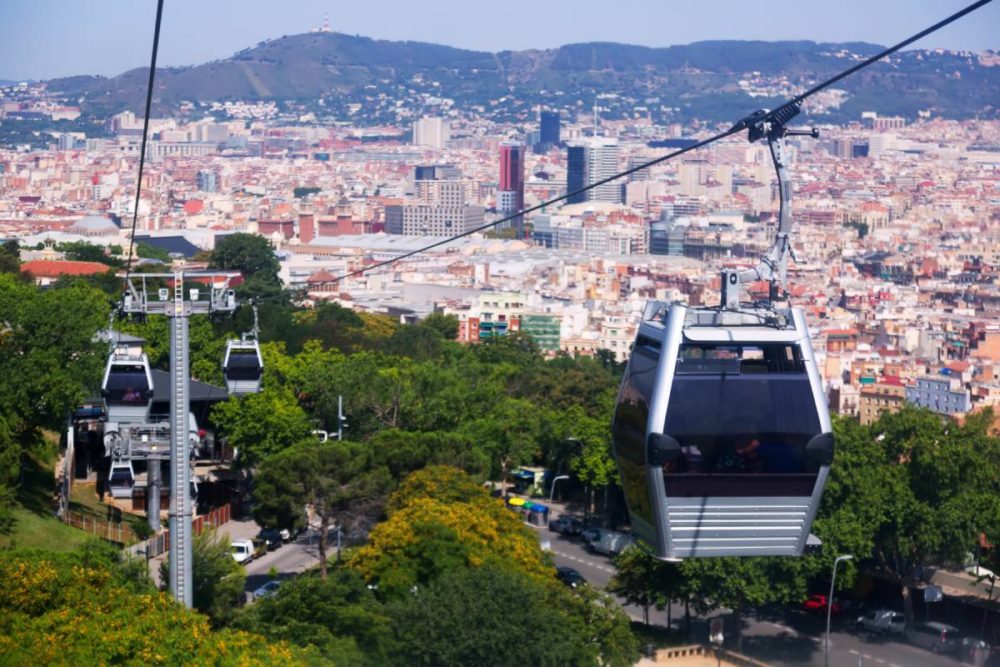
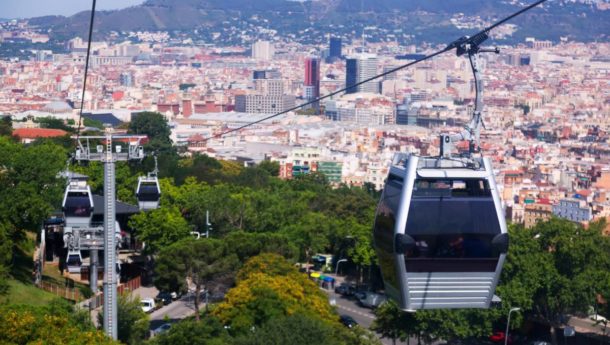
Outdoor adventure in Barcelona
Montjuïc is the greenest part of the city and offers breathtaking views. Hop in the cable car and you can fly high above Barcelona as you make your way to the top of the mountain. There is plenty to explore here from Montjuïc Castle to Magic Fountain of Montjuïc – where the water lights up and moves in time to the music.
Don’t forget your walking boots, there are a number of places for hiking. As well as Montjuïc, you can head up Tibidabo Mountain and around The Bunkers del Carmel.
This is the ideal destination for adrenaline junkies. From rock climbing and mountain biking to paragliding and skydiving, the opportunities are endless.
The coastal location means there are plenty of water sports to take part in too. The often-windy conditions, make this location particularly perfect for sailing sports. You can try surfing, wakeboarding, windsurfing and kite surfing to name just a few.
Off-the-beaten track
Once you have explored the touristy side of Barcelona, you might like to see the parts often overlooked by visitors too.
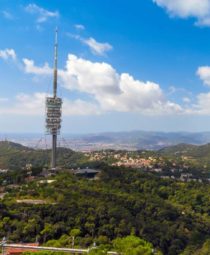
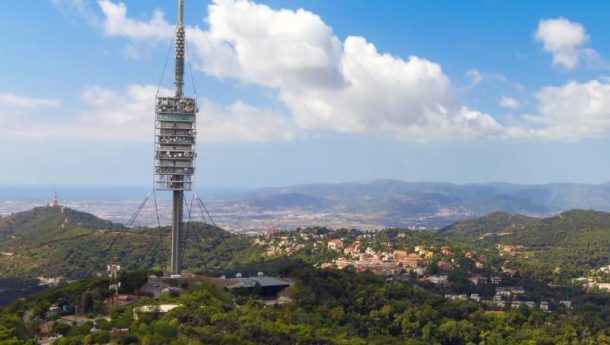
Take in the view from Torre de Collserola
This tower, which is situated on Mount Tibidabo, was built for the Olympics in 1992. The telecommunications centre has 13 floors and at 288 metres tall, is the highest in the city. Take the elevator up to the 10th floor, which is situated 115 metres up, and you can enjoy panoramic views of the city. It’ll be easy to get your bearings, there are screens to point out the city’s main attractions.
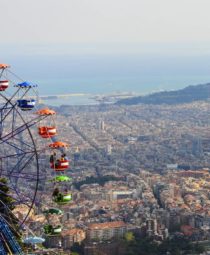
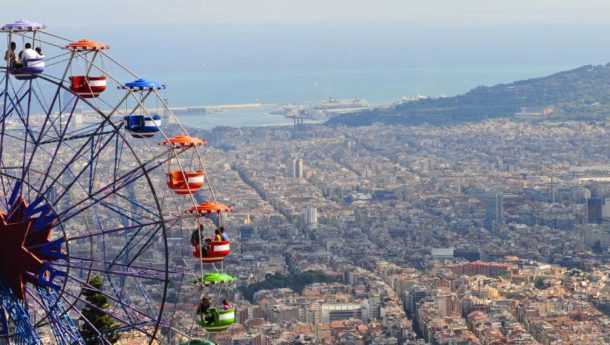
Experience the thrill of the rides at Tibidabo
You’ll need to take the Tramvia Blau tram followed by the funicular to reach the rides in this amusement park at the top of Tibidabo mountain. The journey itself is enjoyable but just wait until you see the view from the top. While the rides, including a ferris wheel, are fairly tame they do sit at a height of around 500 metres, so you are flying high above the city.


Explore Cactus Park on Montjuïc hill
Escape the hustle and bustle and find a moment of peace and tranquillity in the cactus park. This hidden gem is situated on Montjuïc hill on the outskirts of the city. There are more than 800 species in all sorts of shapes and sizes – with some reaching heights of up to three metres high. As well as admiring the wide range of spiky plants you can also enjoy wonderful views across the city and out to sea.
Best times to travel to Barcelona
Barcelona enjoys a Mediterranean climate, which means hot summers and mild winters. The highest temperatures are in July and August – when on average it is 28°C. In December the average is 14°C but can be as low as 5°C. May to June and September and October are the best times to visit. These months are ideal for sightseeing and wandering around the city because it is warm but not unbearably hot. Plus, you can enjoy the city without the crowds that you’ll find here during peak time and still take full advantage of the beach.
Now you know what to expect during your time in Barcelona, you can start planning a trip to remember.

Find the perfect Barcelona holiday
Let us help you find the perfect holiday destination for you
View all Barcelona holidays